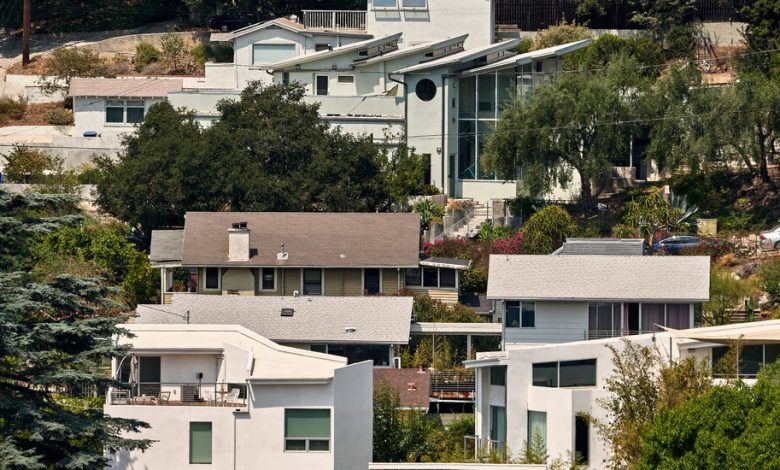Who’s Had a Harder Time Buying a Home: You or Your Parents?

When baby boomers were buying their first homes in the 1970s and 1980s, it wasn’t unusual to take on a double-digit interest rate on a 30-year mortgage. And yet, buying a home still felt within reach for many. Today, rates are lower but home values have skyrocketed. New research shows that the gap between income and home prices has grown at an astounding rate in the last 50 years, creating an affordability crisis for younger generations.
A three-part report from Realty Hop focuses on housing affordability in 1970 versus 2022, using census data on median family income and the median value of owner-occupied housing units to calculate a “Housing Unaffordability Multiple” in 117 American cities. In short, the report aims to find how many multiples of family income it took to buy a home in 1970 compared with 2022.
Perhaps unsurprisingly, unaffordability has grown quickest along the coasts — seven of the 10 cities with the worst generational housing gaps were in California — and in major technology hubs like San Francisco and Seattle.
In Seattle, for example, the median family income in 1970 was $11,037, while the median home value was $16,300. In 2022, those numbers were $169,878 and $879,900 — meaning that home values grew three and a half times faster than income. That’s the sixth largest gap in the study.
Leading the list was Los Angeles, with an unaffordability multiplier of 3.73. New York’s was 3.17, good for 11th place and one spot behind Miami, at 3.25.
Every city in Realty Hop’s analysis saw at least some gap form between income and home values. St. Louis was 1.5 times more unaffordable for the median family in 2022 than it was in 1970, while Wilmington, Del., was about twice as unaffordable. Toledo, Ohio, had the lowest multiplier, at 1.12.
For weekly email updates on residential real estate news, sign up here.




